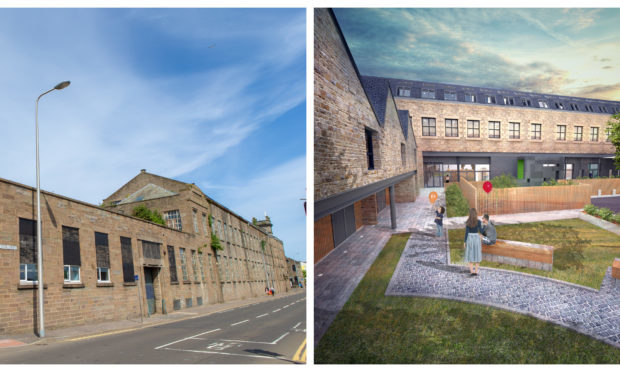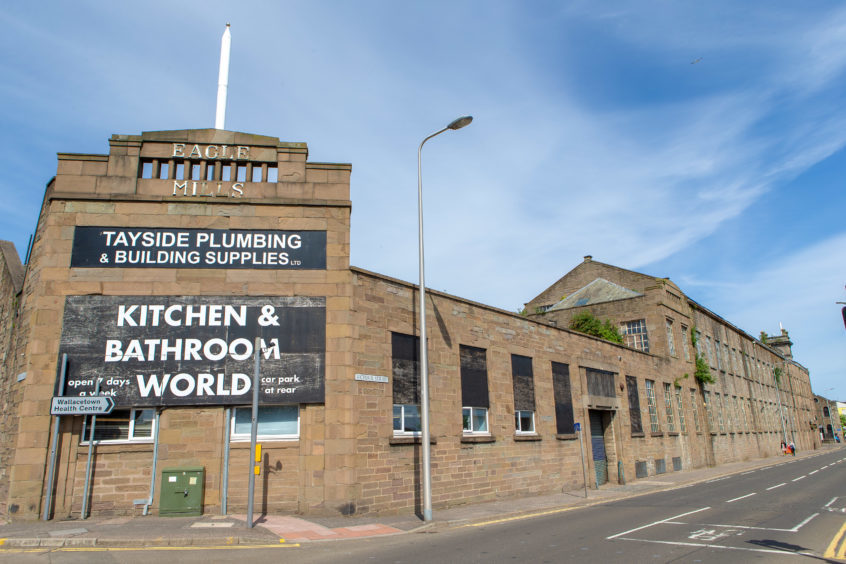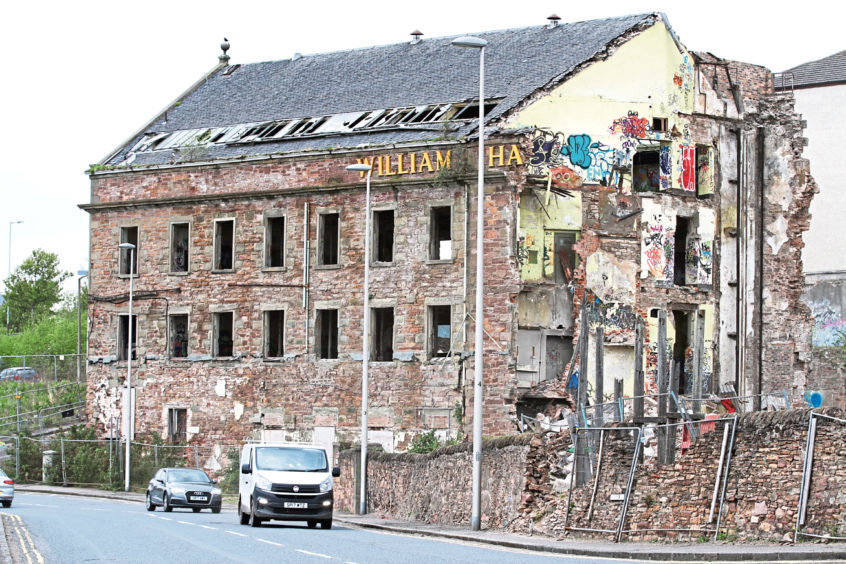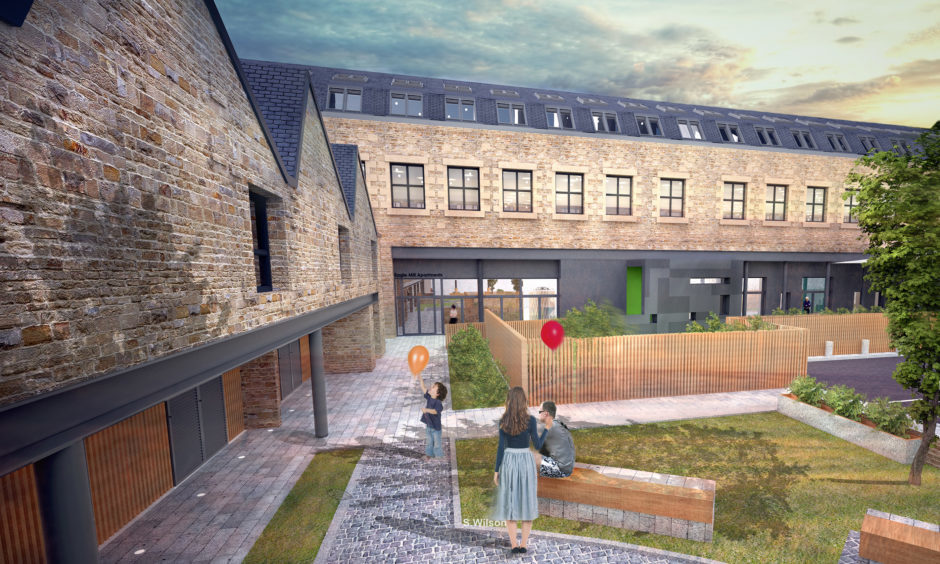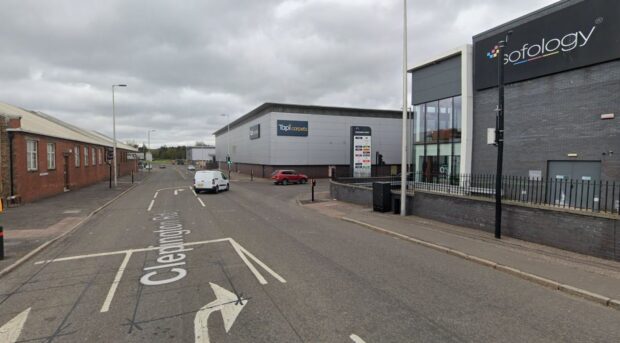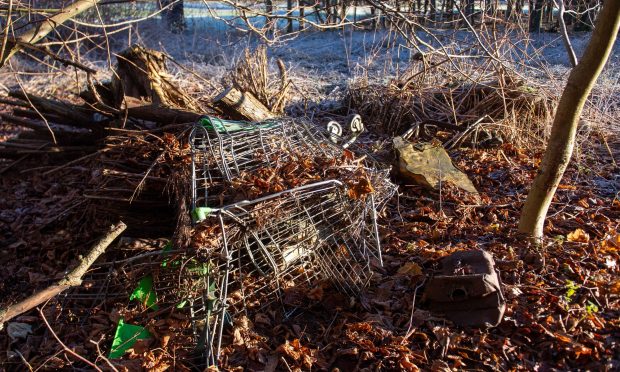A historic Dundee jute mill will be brought back to life if a £3.5 million redevelopment plan is approved.
Much of the once-vibrant Eagle Mills on Victoria Street has lain derelict for years but proposals have now been lodged with Dundee City Council for a full-scale renovation.
The move comes just days after another icon of the city’s industrial heritage, the category-B listed Halley’s Mill on Blackscroft, was razed to the ground in what Dundee council leader John Alexander has suggested was an unauthorised demolition.
The Eagle Mill scheme is a mixed use redevelopment comprising 34 residential apartments, a nursery school, bakery and coffee shop and a new fabrication unit to house a long-term industrial tenant.
The plan is being progressed by Eagle Mill Capital Limited, with the support of Broughty Ferry-based architect James Paul Associates.
Eagle Mill Capital managing director Graham Giblen said he hoped the council would approve the plans and ensure that, unlike the Halley’s experience, a historic listed industrial building was brought back into use.
The company has owned the majority of the Eagle Mills site, which is bounded by Victoria Street, Brown Constable Street and Lyon Street, since 2009, although one section remains in the hands of a third party.
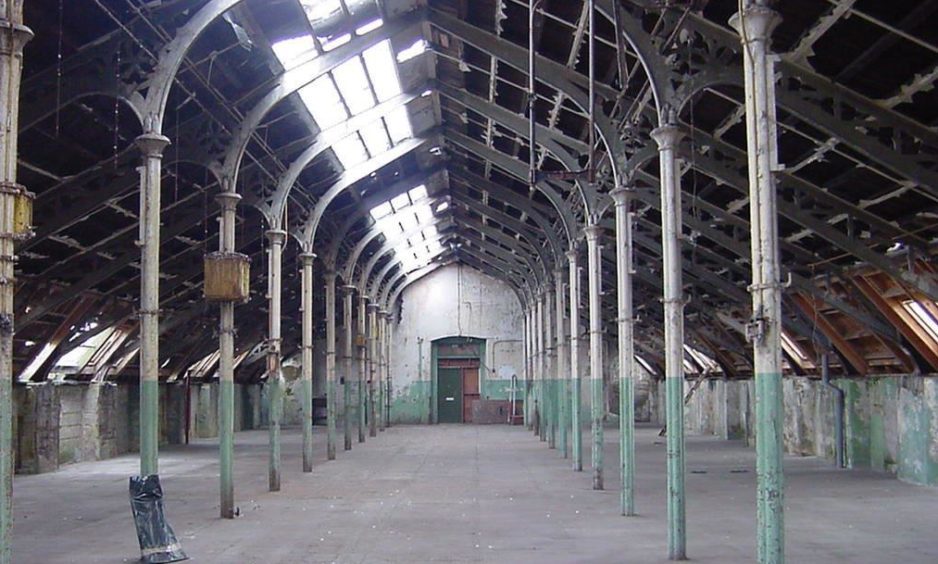
“One of my sisters worked in the Eagle Mills years ago and I remember walking past it as a kid,” Mr Giblen said.
“I had the opportunity in 2009, just after the bad times hit the whole of the country, to buy the site but it was in a really bad state.
“But we had the cash reserves and we bought it.”
Mr Giblen said the mill, which in its post-jute industry life has been home to a nightclub and social club as well as a number of businesses, has been stripped back to the walls in anticipation of its redevelopment.
He said the scheme, which will retain features such as the mill’s stone floor and iron columns and roof trusses, now depended on gaining planning approval from the local authority.
“We have put everything in for full planning permission,” Mr Giblen said.
“It would be a two-year programme of work and we are ready to go. The timescale is ‘how long is a piece of string’ though as it depends on planning.”
Mill at the heart of Dundee’s jute heritage
The Eagle Mills site has been at the heart of Dundee’s jute heritage for a century and a half.
It was built in 1864 to house the
pattern shop for Baxter Brothers Foundry where Baxters’ own machinery and structural work was manufactured.
At its height the Baxter family
business employed 5,000 people.
Sir David Baxter, who steered the company through its heyday, built
tenements to house employees and, with his sisters, gifted 36 acres of “pleasure ground”, now Baxter Park, to the city.
In 1930, the Dens Works Foundry was extended to become the main modern jute spinning plant for Low and Bonar Ltd, making it the only new mill built between the wars.
The Economist wrote the following year: “In the Eagle Mills, Dundee now possesses what may with justification be described as the most modern and best equipped jute mills in the world, and it is appropriate that the city which is the original seat of the jute industry should have this distinction.
“This notable enterprise on the part of Messrs. Low and Bonar, Ltd., is an effort to meet the situation brought about in recent years by the serious encroachment on the markets of the local jute industry by foreign competitors, and in the fight reliance is confidently placed on the skill of Dundee workers when equipped with the most efficient machinery that can be procured.
“The enterprise is one of the most important that has taken place in the industry, and developments will be watched with the keenest interest and hopefulness.”
By then, however, Dundee’s jute trade had begun to decline as it became cheaper to import the finished products from India. Commercial jute production in the city ended in the 1970s.
By 2016, inspectors were raising grave concerns about the condition of the Eagle Mills building and it was placed on Historic Scotland’s At Risk register.
